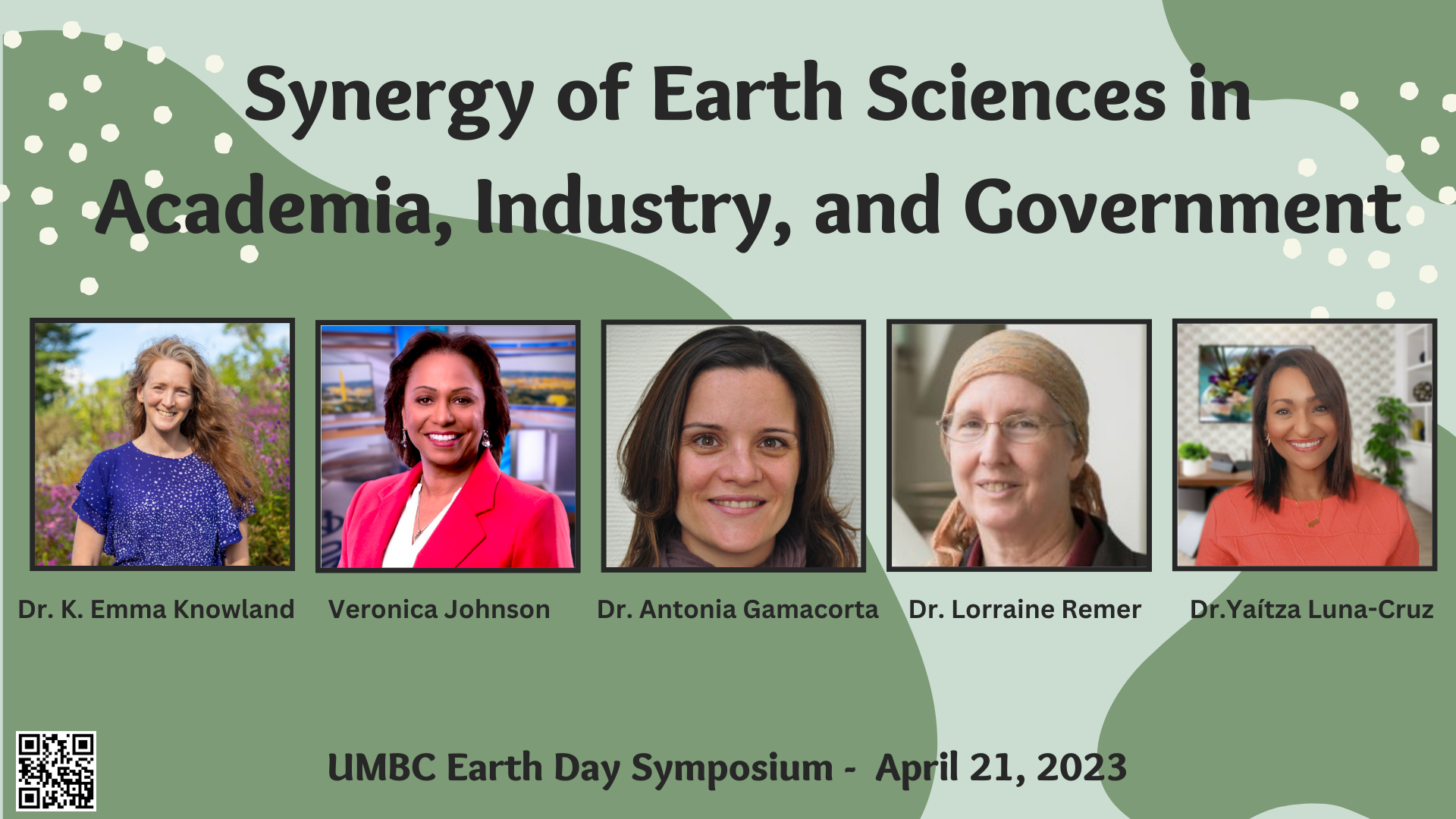This years invited Panelists:

D.C. veteran meteorologist Veronica Johnson joined WJLA-TV/ABC7 in June 2016, coming from NBC4/WRC-TV.
Johnson was recently promoted to Chief Meteorologist of the station making her the first woman and Black woman to hold this position in the station’s 75-year history. She was previously the 7News Morning Lead Meteorologist. She joins the 7News’ On Your Side evening team of Jonathan Elias, Alison Starling, Michelle Marsh and Scott Abraham.
Before moving to Washington, Johnson worked at WMAR-TV and WBFF-TV in Baltimore, WABC-TV in New York, and The Weather Channel. She was also the first Meteorologist hired by Sinclair Broadcast Group when the company started its first newscast in 1991 at WBFF TV in Baltimore.
She served as Chair of the American Meteorological Association’s Board of Enterprise Communication where she facilitated science information between researchers, academia, government, and public sector groups. She served on many AMS organizations, The Advisory Board, Eyes on the Environment and Station Scientist. Additionally, she was also the emcee for Senator Barack Obama’s Special Task Force on Climate Change in 2007 and worked on Washington DC’s Joint Center Advisory Committee on Climate Change 2008-2013.
Johnson holds a degree in Atmospheric Science from the University of North Carolina at Asheville. She also holds the American Meteorological Society’s prestigious television seal of excellence and rare Fellow award. She is actively involved with the community and looks forward to an expanding role in the DMV. In her spare time, she enjoys spending time with her husband and three children.
You can follow Veronica and her work on Facebook, Twitter and Instagram.
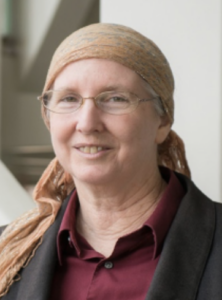
In 2012 Lorraine Remer left a 21-year career at the NASA Goddard Space Flight Center to join the Research Faculty at UMBC. She focuses on aerosol remote sensing and the global aerosol system. Currently she works with NASA’s Plankton, Aerosol, Cloud, ocean Ecosystem (PACE) mission at multiple levels including acting as the Instrument Manager for the UMBC Earth Space Institute’s polarimeter for PACE. Dr. Remer also heads an investigation to study fertilization of ocean ecosystems by airborne dust.
In parallel to research and teaching duties, Dr. Remer has co-founded and is an Officer of Airphoton Inc., a start-up technology company that designs, manufactures and sells instruments for measuring particles, and designs and builds space payloads for Earth-viewing remote sensing applications.
Dr. Remer is a Fellow of the American Geophysical Union and has served on a variety of national and international panels. She has co-edited a textbook, Aerosol Remote Sensing, and is currently an editor of the Journal of the Atmospheric Sciences.
Her Ph.D. is from the University of California, Davis in Atmospheric Science (1991), M.S. in Oceanography from the Scripps Institution of Oceanography, University of California, San Diego and B.S. is in Atmospheric Science from U.C. Davis.
Dr. Remer teaches in the UMBC Department of Geography and Environmental Systems.
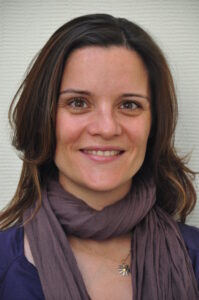
Antonia Gambacorta holds a Ph.D. (2008) and a M.S. (2005) in Atmospheric Physics from the University of Maryland Baltimore County and a M.S. (2001) and B.S. (1998) in Physics from the Universita’ degli Studi A. Moro of Bari, Italy.
She currently serves a Research Physical Scientist in the Climate and Radiation Laboratory at the Goddard Space Flight Center, in Greenbelt, MD, USA. Prior to joining GSFC in 2020, she served as the Science Lead of the SNPP, Metop, and JPSS NOAA Unique Combined Atmospheric Processing System (NUCAPS) at NOAA/NESDIS/STAR in College Park, MD, USA and served as a Subject Matter Expert in satellite remote sensing for NOAA JPSS.
Her research interests include Microwave and Infrared hyperspectral remote sensing techniques and inverse methods for the retrieval of atmospheric temperature and constituents; Earth’s Planetary Boundary Layer Remote Sensing Techniques and science applications; Climate feedbacks to greenhouse gas forcing.
Dr. Gambacorta currently serves as the Principal Investigator of a 2021 NASA Instrument Incubation Project titled: “Photonic Integrated Circuits in Space: The Hyperspectral Microwave Photonic Instrument (HyMPI)” and of a 2021 Decadal Survey Incubation (DSI) Planetary Boundary Layer project titled: “A Combined Passive-Active, Multi-Sensor Approach to Earth’s Planetary Boundary Layer (PBL) Sounding”. She is also the Principal Investigator of a NOAA Broad Agency Announcement project titled: “Developing the NOAA Next Generation Hyperspectral Microwave Sensor (HyMS): Instrument Concept and Demonstration of Benefits for the NOAA Mission”.
In her spare time, she plans a trip to Patagonia with her family.

Dr. Yaítza Luna-Cruz is an atmospheric physicist with over 10 years of experience in research, development, operations, and technical/programmatic management. She has spent most of her career working in operations for the DoD Defense Threat Reduction Agency (DTRA) Technical Reachback. In her role as a subject matter expert in Chemical, Biological, Radiological, Nuclear, and Explosive (CBRNE) transport and dispersion modeling and critical real-world natural hazard modeling (extreme weather events), Dr. Luna-Cruz supported 24/7/365 operations, planning, and research & development efforts for federal and international agencies. She also served as a product and project manager for Jupiter Intelligence, a climate change analytics company. Dr. Luna-Cruz is currently a program executive at NASA’s Earth Science Division in NASA Headquarters in Washington, DC. In her dual role she leads the Chief Science Data Office (CSDO) communications and DEIA efforts including Environmental Justice activities, and she serve as the program manager for the Early Career Research portfolio at the Research & Analysis Program (R&A).
Dr. Luna-Cruz earned her Ph.D. in atmospheric sciences studying aerosols-cloud-microphysical interactions in tropical cyclones from the NOAA Center for Atmospheric Sciences (NCAS) at Howard University in Washington, D.C., and her B.Sc. & M.Sc. in Physics from the University of Puerto Rico at Mayagüez (UPRM). As a Latina in STEM, Dr. Luna-Cruz is a passionate advocate for diversity, equity, inclusion, and accessibility (DEIA) and considered a leader in the field. Dr. Luna-Cruz was recognized as the founder and first president of the first AMS Student Chapter of the Caribbean (at UPRM). She continues to be a STEM ambassador through many outreach and mentorship activities with her mission of “Science with Purpose”. She is also an active leader in multiple American Meteorology Society (AMS) Boards and Committees and currently serves as the AMS Women’s committee chair under AMS Board on Representation, Accessibility, Inclusion, and Diversity (BRAID). Dr. Luna-Cruz is a senior advisor for the Puerto Ricans in the Atmospheric Sciences and Meteorology (PCAM).
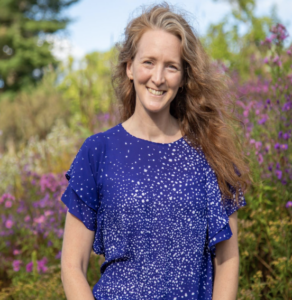
Dr. K. Emma Knowland is a lead scientist in the development of NASA GMAO’s atmospheric composition forecast system, GEOS-CF. She directs the transition from research & development to the production system and leads the evaluation of stratospheric composition in the GEOS-CF. Dr. Knowland’s research interests include both chemical and dynamical drivers of stratospheric and tropospheric composition. She is a member of the World Meteorological Organization (WMO) Global Air Quality Forecast and Information System (GAFIS) Steering Committee and Co-lead of Group 2 “Best practices and challenges for Air Quality Forecast Systems”.
Website: https://science.gsfc.nasa.gov/sed/bio/katherine.e.knowland
This years invited Speakers:
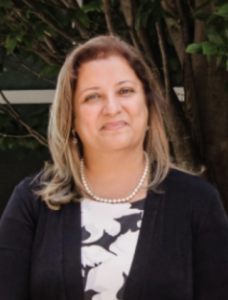
Vandana Janeja is Professor and Chair of the Information Systems department at UMBC. She is the director of iHARP, an NSF HDR Institute for Harnessing Data and Model Revolution in the Polar Regions. Her research is in the area of data science with a focus on spatio-temporal mining, data heterogeneity across multiple domain datasets. Her work brings together important societal projects such as climate change, ethics in data science, misinformation detection and security through the lens of her research in data science. Full Bio: https://userpages.umbc.edu/~vjaneja/
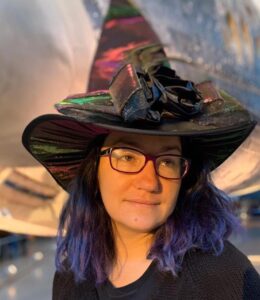
Ivona Cetinić is an oceanographer in the Ocean Ecology Laboratory at NASA Goddard Space Flight Center. Her research focuses on developing new ways of resolving ocean biogeochemistry and phytoplankton diversity from satellite and other remote observations. At the University of Southern California, she conceived of and participated in field campaigns focused on developing innovative ocean observing technology, several for which she served as chief scientist. These campaigns include the ground breaking Tara Oceans circumnavigation of the globe, as well as others that utilized unique fusions of cutting edge technology such as hyperspectral radiometry, light polarimeters, and airborne lidar, allowing for more detailed information about concentration and composition of particles in the ocean (as well as the atmosphere – SABOR). Dr. Cetinic has served as the project scientist for EXPORTS (EXport Processes in the Ocean from RemoTe Sensing), a large scale NASA-led field campaign, and as the PACE (Plankton, Aerosol, Cloud, ocean Ecosystem) Project Science Lead for Ocean Biogeochemistry, a NASA mission scheduled for launch in 2023. In the last 10 years, she has been a member of multiple international science teams and committees and has served as the co-chair of the Ocean Optics Conference. Currently, she is serving at National Academies of Sciences, Engineering, and Medicine Committee on Earth Sciences and Applications from Space. She earned her Ph.D. in biological oceanography at University of Southern California in 2009.

Dr. Chris Hennigan is an associate professor at the University of Maryland, Baltimore County (UMBC) in the Department of Chemical, Biochemical, and Environmental Engineering. Dr. Hennigan received his B.S. in chemistry from the University of Florida, and his M.S. and Ph.D. degrees in environmental engineering from the Georgia Institute of Technology. Prior to obtaining his current position, he spent four years as a postdoctoral scholar in the Center for Atmospheric Particle Studies at Carnegie Mellon University. His research interests broadly encompass the areas of air quality, atmospheric chemistry, and aerosols. His research group at UMBC is focused on secondary aerosol formation through ambient measurements, aqueous chemistry in clouds, and on the development of new measurement techniques.

Dr. Nakalembe is an Assistant Professor at the University of Maryland, the Africa Program Director under NASA Harvest, and a member of the NASA SERVIR Applied Sciences Team on which she serves as the Agriculture and Food Security Thematic Lead. She has broad research interests, including satellite remote sensing and machine learning applications to agriculture, land use and land-use change mapping, humanitarian mapping, and climate change. She leads methods and systems development projects for smallholder agriculture in Africa using remote sensing and machine learning. Her work led to developing and establishing satellite data-based crop monitoring initiatives in multiple African countries.
Full bio: https://www.catherinenakalembe.com/about
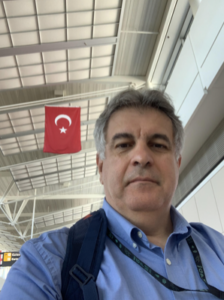
Dr. Ali Tokay is a research associate professor of Goddard Earth Sciences Technology and Research (GESTARII) consortium and is affiliated with the Geography and Environmental Systems (GES) at University of Maryland Baltimore County (UMBC). He received Ph.D. from University of Illinois at Urbana-Champaign in 1993. Dr. Tokay was a research associate through National Research Council Fellowship 1993-95 and assistant professor in Saint Louis University (SLU) 1995-97. He joined to newly established Joint Center for Earth Systems Technology (JCET) at UMBC as a research assistant scientist
in 1997 and was promoted to the research assistant professor following his affiliation to GES in 1998 and became research associate professor in 2007. Dr. Tokay has been a principal investigator during a series of field campaigns under NASA’s Tropical Rainfall Measuring Mission and Global Precipitation Measurement (GPM) Mission. He has taught a number of undergraduate and graduate courses in both SLU and UMBC. Dr. Tokay has been a co-advisor of 12 master and doctoral degree students. He also mentored 30+ undergraduate and graduate students. Dr. Tokay is a recipient of several prestigious awards including American Meteorology (AMS) Society Editor’s award and NASA’s mentorship award. Dr. Tokay served as a chair and member of AMS radar meteorology committee for 10 years. He is a currently member of NASA‘s GPM ground validation and precipitation science teams and is the associate editor of Journal of Hydrometeorology and Journal of Atmospheric and Oceanic Technology. He is also the member of promotion committee for UMBC’s Center for Space Sciences and Technology and is the lead for NASA’s Mesoscale Processing Laboratory for GESTARII consortium.
